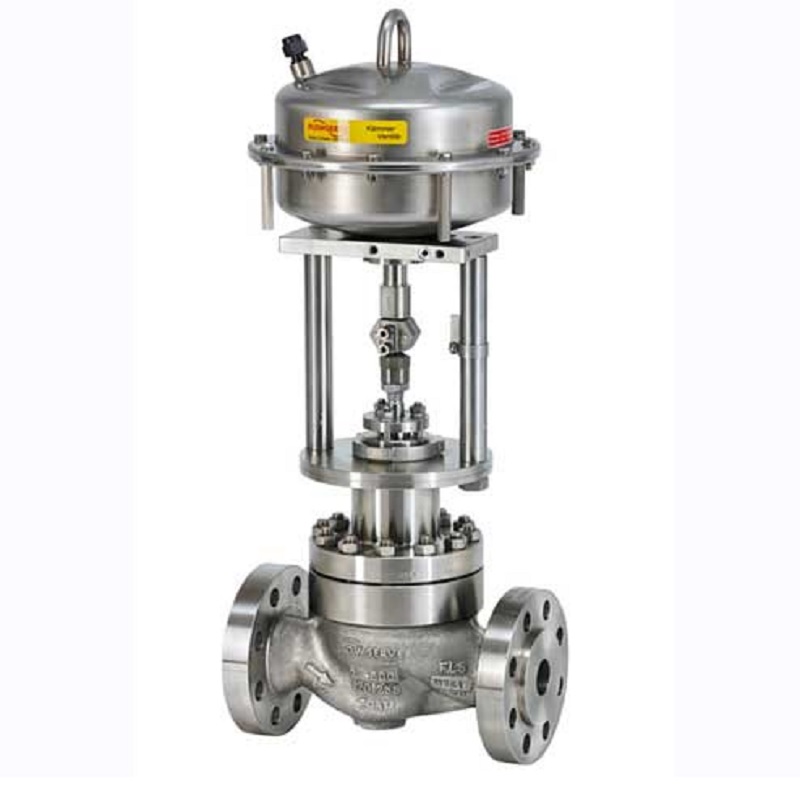Achieve Seamless Integration and Control With High Quality Structure Automation Controls
In the world of modern-day structure administration, the value of high quality structure automation controls can not be overemphasized. As technology remains to breakthrough, the assimilation and control of different systems within a structure have actually advanced to be a lot more innovative and effective. The smooth operation and monitoring of lights, A/C, safety and security, and various other building functions have become paramount for improving resident comfort, power effectiveness, and overall functional efficiency. Nevertheless, the trip towards attaining true assimilation and control is a complex one, with considerations ranging from system compatibility to cybersecurity. Embracing high quality building automation controls is not simply a matter of ease yet a strategic critical for companies aiming to optimize their facilities' performance and sustainability.

Development of Structure Automation Controls
Throughout the previous few years, the advancement of constructing automation controls has actually considerably transformed the way structures are taken care of and run. At first, building automation systems primarily concentrated on standard functions such as controlling air, air flow, and home heating conditioning (COOLING AND HEATING) systems. As technology progressed, these controls have come to be extra advanced, enabling for a wider range of structure systems to be incorporated and handled centrally.
The evolution of constructing automation controls has actually seen a shift in the direction of even more smart systems that can adapt to transforming conditions in real-time. This flexibility is essential for optimizing power effectiveness and ensuring owner convenience. Additionally, contemporary structure automation controls now use features such as anticipating upkeep, remote tracking, and information analytics, making it possible for facility supervisors to make data-driven choices to boost structure efficiency.

Benefits of High Quality Integration
The innovation in building automation regulates towards even more smart systems has actually emphasized the substantial benefits of top quality assimilation in maximizing structure operations and improving general effectiveness. This centralized control also gives much better exposure and insights right into building efficiency, making it possible for positive maintenance and optimization strategies. Overall, the advantages of high quality integration in structure automation controls are indisputable, providing increased effectiveness, comfort, and functional performance.
Improved Customer Experience and Access
Enhancing individual interaction with structure automation manages through user-friendly design and boosted availability elevates the total experience for passengers and facility supervisors alike. By focusing on customer experience, building automation systems can become a lot more straightforward and effective. Instinctive user interfaces, clear navigating, and adjustable setups encourage individuals to communicate with the controls easily and successfully.
Accessibility functions play an important duty in making sure that all individuals, consisting of those with impairments, can use the structure automation controls effortlessly. Incorporating functions such as voice commands, responsive switches, and color-contrasted display screens can enhance availability and make the controls extra inclusive.
Additionally, boosted customer experience results in greater user satisfaction, boosted performance, and much better decision-making. Owners can change ecological setups according to their preferences, while center supervisors can effectively manage and keep an eye on building systems - control valves. On the whole, focusing on customer experience and availability in building automation regulates adds to an extra seamless and effective structure atmosphere read this for all stakeholders included
Sustainable Practices With Automation

Additionally, automation can facilitate the assimilation of renewable power sources such as solar panels or wind generators into structure operations. Through automation, structures can straighten with modern-day sustainability objectives and contribute to a greener future.
Future Trends in Building Control Systems
One famous fad forming the check that future of structure control systems is the boosted assimilation of Artificial Knowledge (AI) and equipment understanding. Furthermore, the Internet of Points (IoT) is transforming structure control systems by connecting sensors and gadgets to improve and improve operations performance.
An additional key trend is the emphasis on cybersecurity steps to secure versus possible threats to building automation systems. As buildings end up being much more interconnected, making certain robust cybersecurity protocols will be vital to guard sensitive data and prevent unauthorized accessibility.
In addition, the change towards cloud-based systems is obtaining energy, permitting systematized control and remote accessibility to building systems. This facilitates much easier monitoring, maintenance, and updates, enhancing the total efficiency and versatility of structure control systems. As modern technology remains to advance, these patterns are anticipated to shape the future landscape of structure automation controls, driving advancement and sustainability in the developed atmosphere.
Conclusion
To conclude, developing automation controls have developed significantly, offering various advantages such as enhanced customer experience, access, and sustainable practices. Quality integration plays a key role in attaining seamless control and reliable procedure of structure systems. Future patterns in structure control systems are likely to focus on more improving automation capacities for enhanced power performance and overall efficiency. It is necessary for building proprietors and operators to focus on the adoption of high quality building automation controls to enhance building procedures and attain lasting sustainability objectives.
In review the realm of contemporary structure management, the importance of top quality building automation controls can not be overemphasized. On the whole, the advancement of structure automation controls continues to drive development in the structure monitoring industry, offering new opportunities for developing smarter and much more sustainable structures.
The development in structure automation regulates in the direction of more intelligent systems has emphasized the significant benefits of high quality assimilation in optimizing building operations and improving general performance. On the whole, prioritizing individual experience and accessibility in structure automation regulates adds to an extra seamless and productive structure setting for all stakeholders entailed.
It is vital for structure proprietors and operators to prioritize the adoption of high quality building automation controls to optimize structure procedures and attain lasting sustainability objectives. - control valves